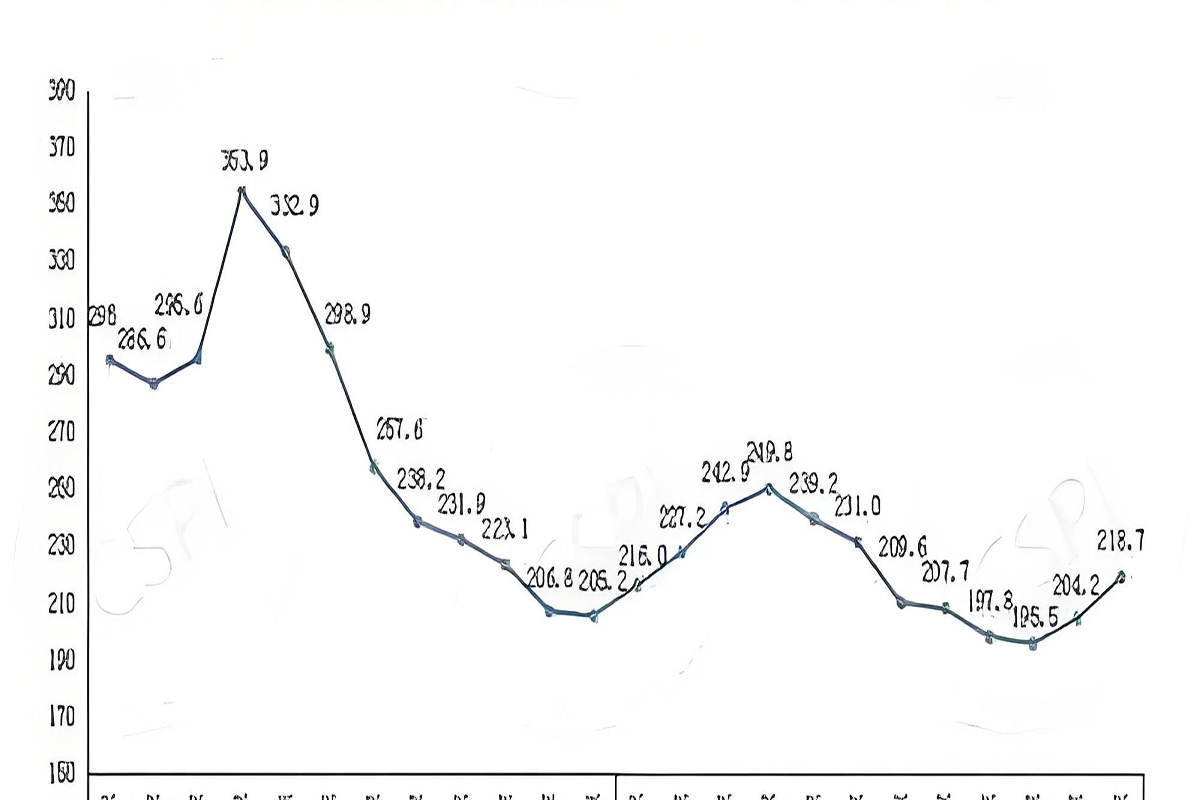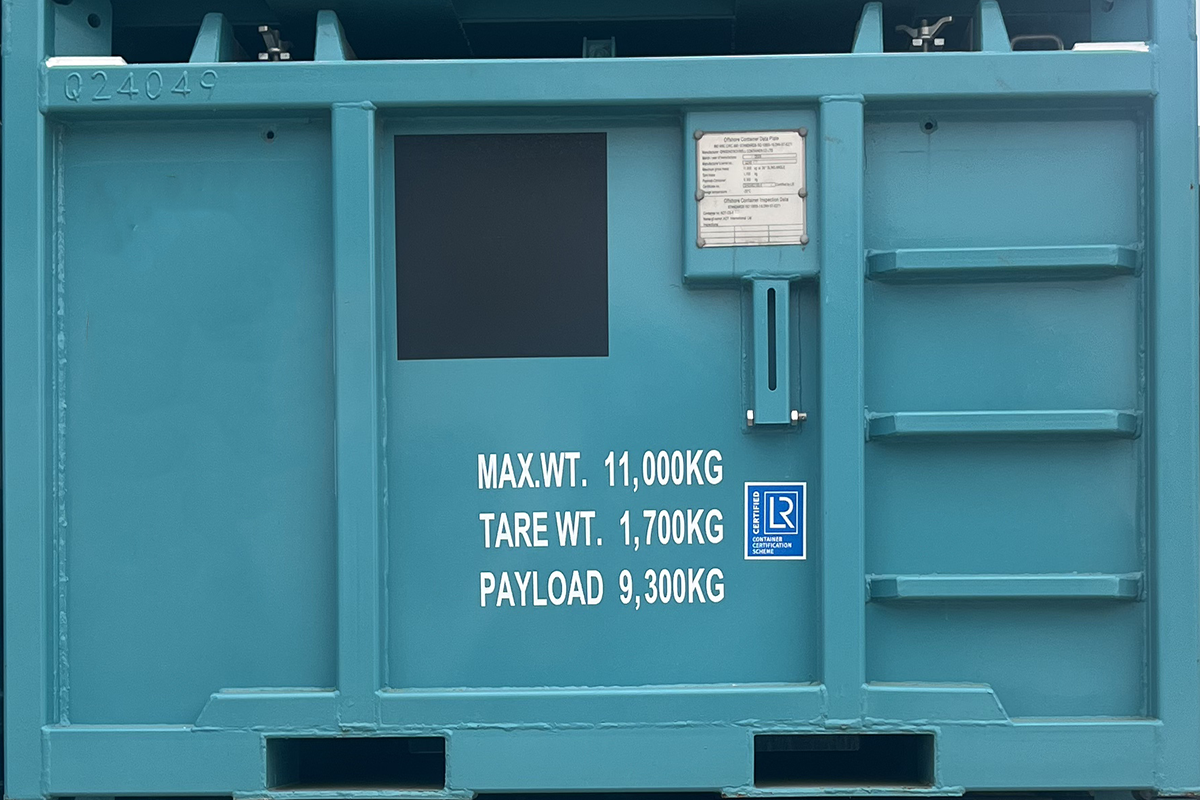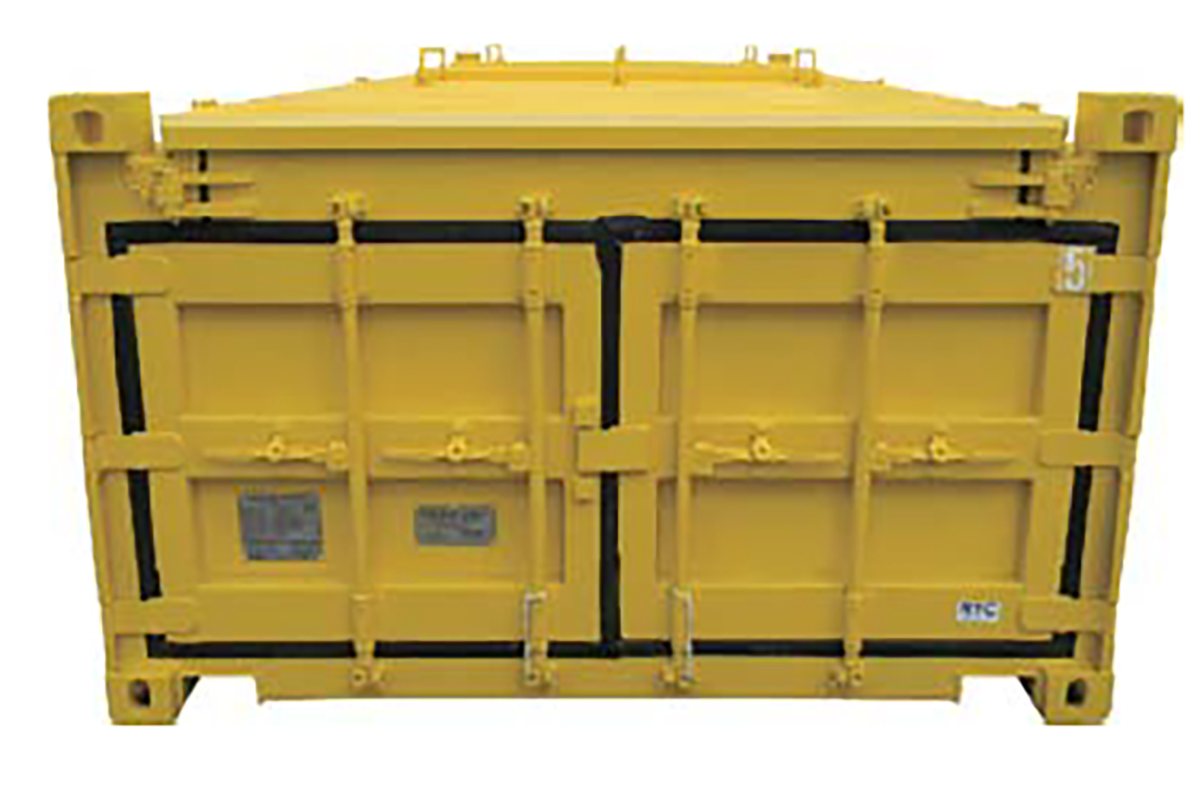Categories List

The supply and demand relationship of offshore containers (marine engineering equipment) affects steel prices through the conduction effect of the industrial chain, mainly manifested in three dimensions: the pull on the demand side, the conduction of cost pressure, and the change in market expectations. The specific mechanisms are as follows:
I. Demand side: The growth of offshore engineering orders directly stimulates steel consumption
1. Capacity expansion drives steel demand
- In 2024, the total value of new orders for global offshore engineering equipment reached a ten-year high. The manufacturing of high-end equipment such as jack-up platforms and LNG carriers requires a large amount of special steel (such as high-strength ship plates and ultra-low temperature nickel steel). The expansion of production scale directly increases the purchase volume of steel and boosts market demand.
- The amount of steel consumed per piece of offshore engineering equipment is huge (for example, a jack-up platform requires tens of thousands of tons of steel). The fluctuation of its orders is significantly more sensitive to steel demand than that of ordinary industrial products.
2. Structural demand affects the differentiation of steel prices
- Special offshore engineering steels (such as 9Ni steel and thick anti-laminated tearing steel) have high technical barriers, and domestic production capacity is limited (partially relying on imports). When offshore engineering orders are released intensively, the supply and demand of high-end steel become tight, and the price increase is significantly higher than that of ordinary steel.
- For example, there is an urgent need for the localization of Invar alloy for LNG carriers, and the price of such high value-added steel is more strongly driven by offshore engineering orders.
II. Cost conduction: The shipping bottleneck indirectly pushes up the production costs of steel enterprises
1. Container shortages aggravate the transportation costs of raw materials
- The manufacturing of offshore engineering equipment relies on the global supply chain. When containers are in short supply (for example, freight rates on the Asia-Europe route surged eight times in 2021), the shipping costs of raw materials such as iron ore and coke have skyrocketed, directly increasing the production costs of steel mills.
- Data in 2024 shows that China accounts for more than 70% of the global seaborne imports of iron ore. The decline in shipping efficiency will magnify the fluctuations in raw material prices.
2. Logistics blockages lead to pressure on steel mill inventories
- Port congestion delays the delivery of raw materials (for example, the ship delay rate on the Trans-Pacific route reached 16.7% in 2021), forcing steel mills to increase their safety inventories. The increase in inventory costs may be converted into pressure on steel pricing.
III. Market expectations: The investment cycle of offshore engineering affects the long-term trend of steel prices
1. Upstream capital expenditures guide the expectations of steel supply and demand
- Global offshore oil and gas development investment is expected to reach $123.1 billion in 2025 (39% higher than the ten-year average). Long-term project planning stimulates steel mills to arrange the production capacity of special steel in advance, affecting the medium-term supply structure.
- If offshore engineering investment grows faster than expected, steel mills may reduce the production capacity of ordinary steel and turn to high-profit special steel, resulting in a tightening of the supply of construction steel and other categories.
2. Dual disturbances from policies and oil prices
- The tightening of environmental protection policies (such as production restriction requirements) and fluctuations in crude oil prices (Brent oil price is expected to be $72 per barrel in 2025) jointly affect the economics of offshore engineering projects, which are then transmitted to the expectations of steel demand.
- For example, when the oil price is below $70, deep-sea oil and gas development slows down, and orders for offshore engineering equipment decrease, indirectly suppressing the price of special steel.
Note: Currently (in 2025), the steel industry as a whole is in a situation of weak supply and demand. As a high-end demand variable, offshore engineering has an impact on steel prices mainly in terms of structural differentiation and cost conduction, rather than dominating the overall price trend.
MESSAGE
Please give us a message



